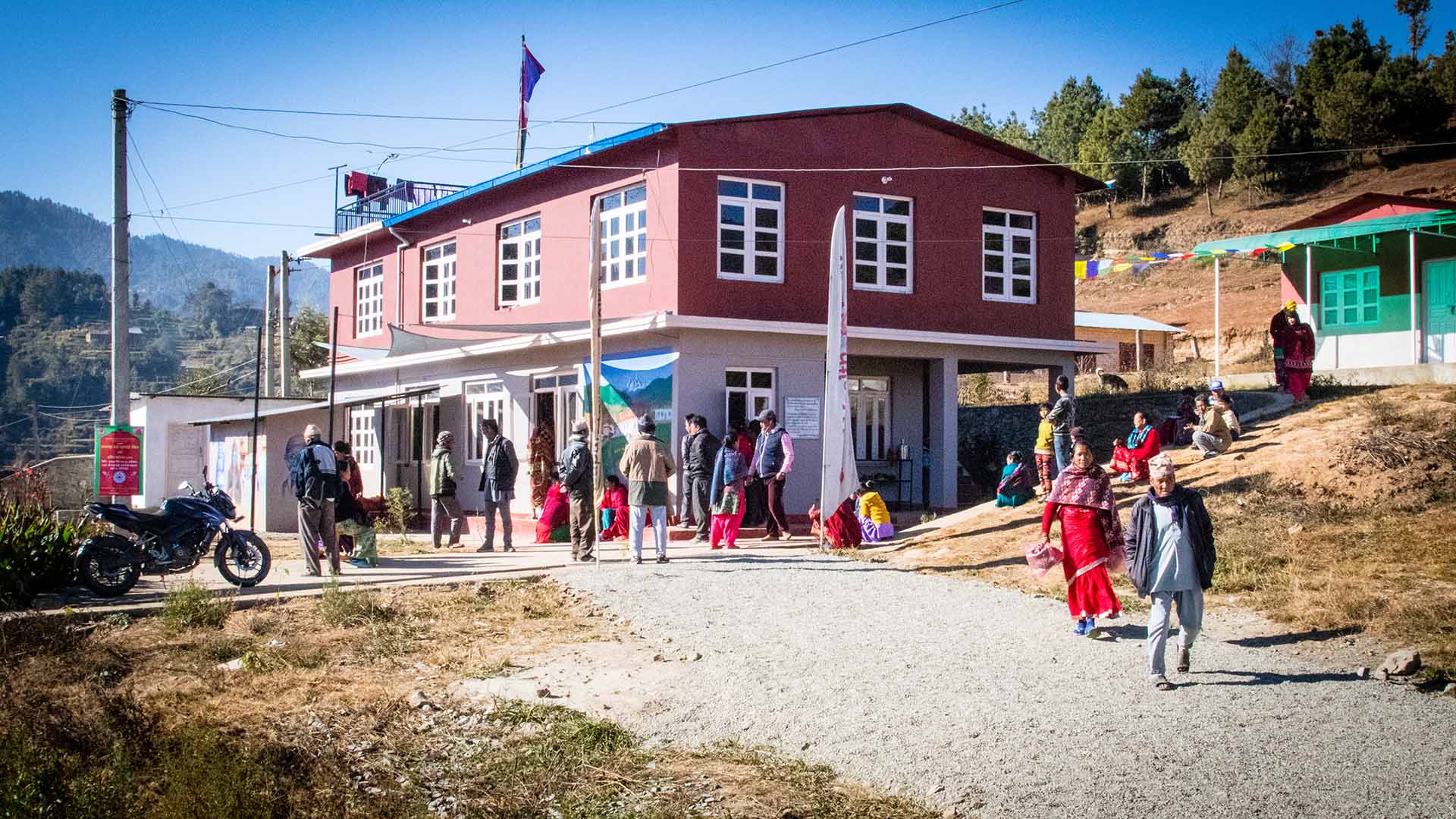News Blog
Latest News From Our Volunteers in Nepal
VOLUNTEER COMMUNITY CARE CLINICS IN NEPAL
Nepal remains one of the poorest countries in the world and has been plagued with political unrest and military conflict for the past decade. In 2015, a pair of major earthquakes devastated this small and fragile country.
Since 2008, the Acupuncture Relief Project has provided over 300,000 treatments to patients living in rural villages outside of Kathmandu Nepal. Our efforts include the treatment of patients living without access to modern medical care as well as people suffering from extreme poverty, substance abuse and social disfranchisement.
Common conditions include musculoskeletal pain, digestive pain, hypertension, diabetes, stroke rehabilitation, uterine prolapse, asthma, and recovery from tuberculosis treatment, typhoid fever, and surgery.
FEATURED CASE STUDIES
Rheumatoid Arthritis +
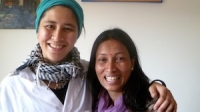
35-year-old female presents with multiple bilateral joint pain beginning 18 months previously and had received a diagnosis of…
Autism Spectrum Disorder +
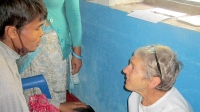
20-year-old male patient presents with decreased mental capacity, which his mother states has been present since birth. He…
Spinal Trauma Sequelae with Osteoarthritis of Right Knee +
60-year-old female presents with spinal trauma sequela consisting of constant mid- to high grade pain and restricted flexion…
Chronic Vomiting +
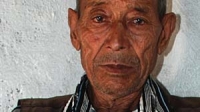
80-year-old male presents with vomiting 20 minutes after each meal for 2 years. At the time of initial…
COMPASSION CONNECT : DOCUMENTARY SERIES
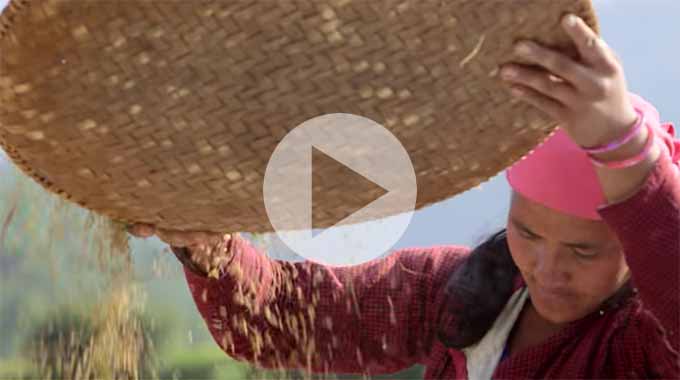
Episode 1
Rural Primary Care
In the aftermath of the 2015 Gorkha Earthquake, this episode explores the challenges of providing basic medical access for people living in rural areas.
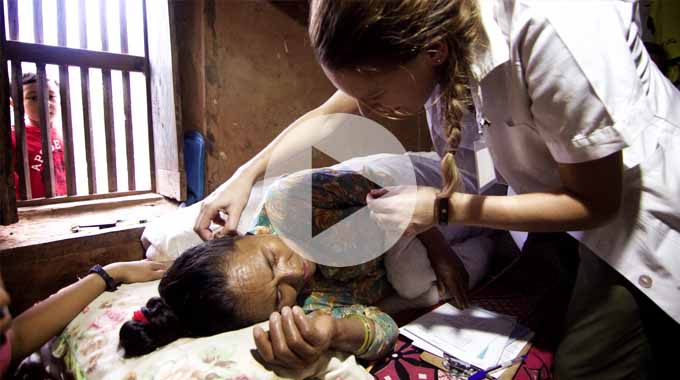
Episode 2
Integrated Medicine
Acupuncture Relief Project tackles complicated medical cases through accurate assessment and the cooperation of both governmental and non-governmental agencies.
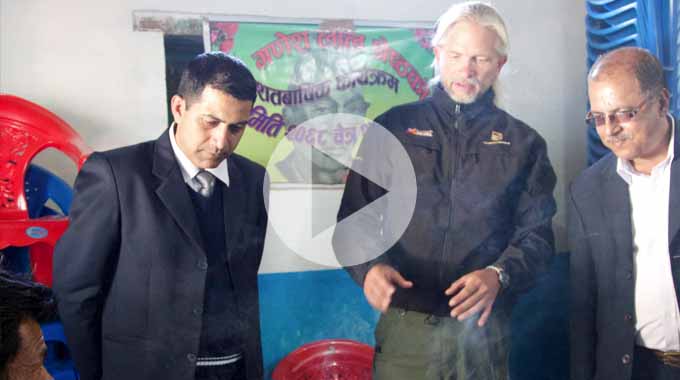
Episode 3
Working With The Government
Cooperation with the local government yields a unique opportunities to establish a new integrated medicine outpost in Bajra Barahi, Makawanpur, Nepal.
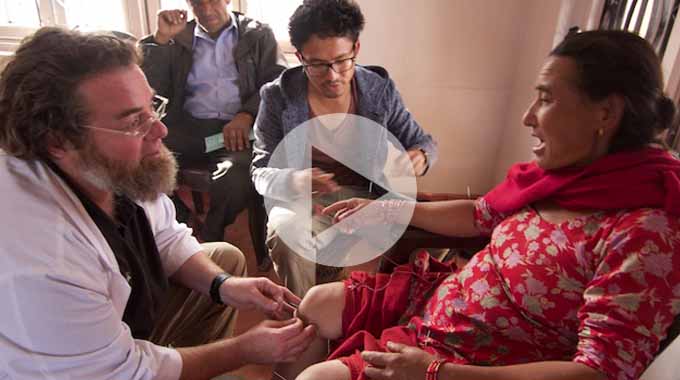
Episode 4
Case Management
Complicated medical cases require extraordinary effort. This episode follows 4-year-old Sushmita in her battle with tuberculosis.
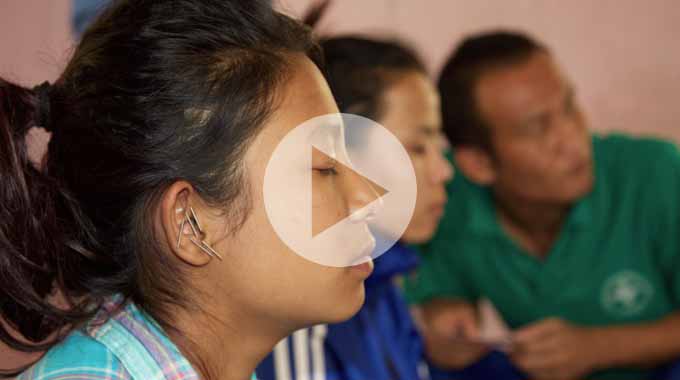
Episode 5
Sober Recovery
Drug and alcohol abuse is a constant issue in both rural and urban areas of Nepal. Local customs and few treatment facilities prove difficult obstacles.
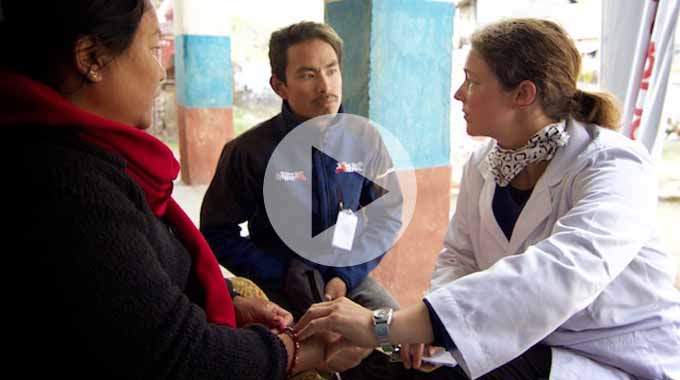
Episode 6
The Interpreters
Interpreters help make a critical connection between patients and practitioners. This episode explores the people that make our medicine possible and what it takes to do the job.
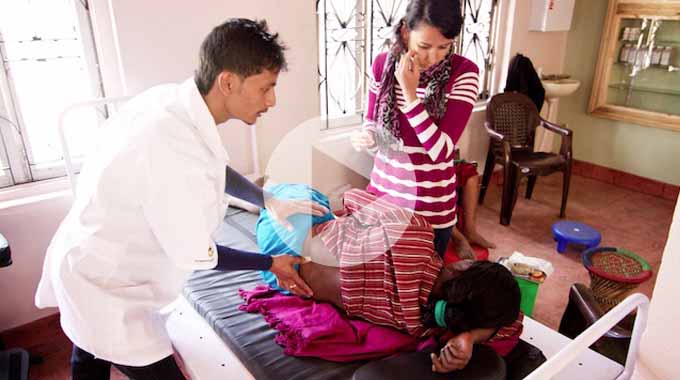
Episode 7
Future Doctors of Nepal
This episode looks at the people and the process of creating a new generation of Nepali rural health providers.
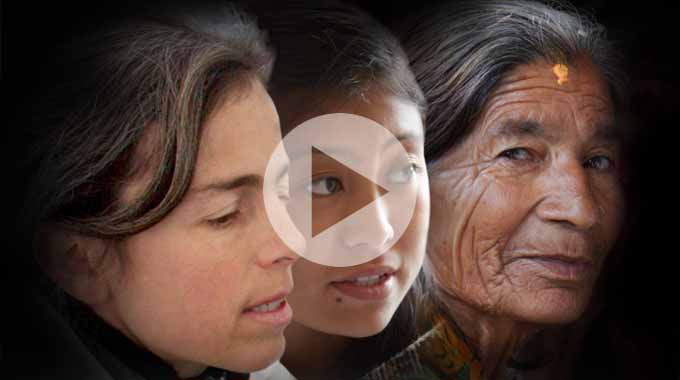
Compassion Connects
2012 Pilot Episode
In this 2011, documentary, Film-maker Tristan Stoch successfully illustrates many of the complexities of providing primary medical care in a third world environment.
From Our Blog
- Details
NADA staff writer Ryan Bemis wrote a great article about our project which was featured as the cover story in the May issue of the National Acupuncture Detoxification Association's newsletter. We have received numerous calls and emails from the acupuncture community in support of our efforts in Nepal. Read the article by clicking here.
- Details
Acupuncture Relief Project is proud to announce its plans to return to Nepal in 2009 and is currently taking applications from qualified acupuncture practitioners for two clinic camps (Sept. 21st to Nov. 6th. and Nov. 2nd to Dec. 18th, 2009). Each camp will last seven weeks and be limited to four practitioners. We are also accepting applications from practitioners who would like to serve in Nepal other times during the year. Applications for the 2009 project must be received by May 1st, 2009 to be considered for this project
As a Oriental medicine practitioner, we assure you an insightful experience and an opportunity to perfect and learn new skills while witnessing the transformative power of your medicine. More importantly you will be serving a community that desperately needs your support.
Please click here to download our application packet or contact me for more information.
I’m very excited about offering this opportunity and I hope that we will be working together in Nepal. -Andrew
- Details
- By Andrew Schlabach
Sometimes trying to summarize an experience is more difficult than the experience itself. The past two days I have spent trying to get my mind around all of the things I would like to convey about my time in Nepal. After nearly 1000 patient treatments, sometimes my days were just a blur of painful knees and low backs but that doesn't account for the miriad of emotions that I feel now that I'm on my way back to the US. I'm sure just like a million other healthcare practitioners, I now have a thousand stories of my successes and failures in the treatment room. I hope, however, that through a few of these stories, you might come to see how a much of a journey of the spirit this has been for me.
One of the things I discovered along the path is a hidden interest in paralysis, strokes and other neurological disorders. I witnessed some profound changes in these conditions using acupuncture and I would like to share a few. Of course not everyone gets better and in this fact the journey really begins.
Meet Ganesh. At eighteen years of age he contracted bone tuberculosis in his upper back. This slow growing infection is difficult to kill and in one year's time it progressed to his spine completly distroying his T9 vertebre (a condition known as Pott's spine).

At twenty, Ganesh is a parapalegic, struggles with severe pain and is without any bladder control. Everyday, his father would carry him for over an hour to reach our clinic.
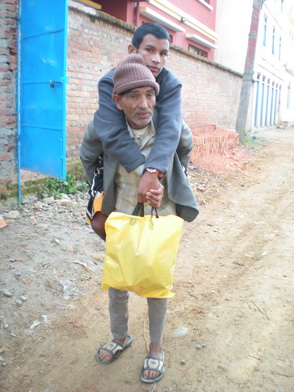
Of any case I have ever treated, this was one I dearly wished to have some effect. My treatment goals were to hopefully relieve his pain and to restore some bladder function. I treated Ganesh everyday for three weeks. He also suffered from constant tremors in his legs which gradulaly started to subside with treatment and his pain was reduced to just one location in his groin, however, that was all I could do. After 25 treatments the groin pain was still just as severe and his bladder control was unchanged. I'm left with the image of Ganesh's cheerful face and the thought... maybe 100 treatments... maybe 1000. Maybe it can't be changed at all... Maybe.

Anju is nine years old, very bright and very afraid of needles (who isn't). Her father brought her to see me because six weeks ago she suddenly developed drop foot (a condition in which the anterior and lateral muscles of the lower leg are paralysed and the foot helplessly drags on the ground when walking). Anju had recieved a diagnosis of leprosy (Hansen's Disease) from the hospital in Kathmandu and her father was rightfully freaked out. I didn't know alot about leprosy or how it is diagnosed but I read everything I could find and could not determine how Anju had received such a diagnosis other than the fact that she had drop foot. I supposed that peroneal nerve entrapment was a more likely diagnosis and reasoned that it should respond to tuina and acupuncture. I agreed to treat her everyday for 10 treatments and then reevaluate. After five treatments the foot was completley unresponsive and I was begining to despair. Anju's father anxiously asked everyday what he should do and I could feel his skeptisism and fear increasing as the days went by without change. I was begining to think that surgury might be a better treatment strategy when after the sixth treatment I asked Anju to lift her foot... it lifted. My interpeter and I nearly fell over with suprise and Anju's father openly wept. The foot was very weak but functional and I encouraged her father to bring her back for more treatment until she had fully recovered. I never saw her again. I can only hope that she enjoyed a rapid and full recovery... but I don't know that
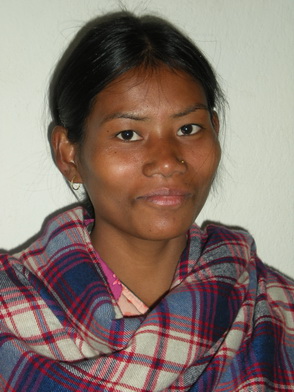
Ganga, is a patient that I inherited from Diane when she returned to the US. This young woman fell off the roof of a building while trying to escape a beating she was receiving from her husband. It is unknown exacly what damage she sustained to her spine becase she did not receive any medical care after the accident. She spent one year in bed recovering and came to our clinic mostly paralysed below the waist. I remember the first time I treated Ganga because she would intently watch each needle insertion and try to connect to some sensation of it. Contrast that to the fact that 5 weeks later she was complelty needle sensitive and would walk an hour and a half each way to the clinic without pain. Not to say she was cured in any way as her walking was not a pretty sight to behold and she still lacked function in the anterior and lateral muscles of her lower legs.
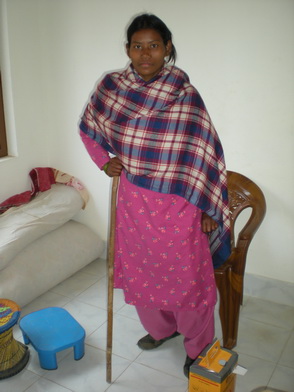
The really amazing part for me was to see the revitalization of spirit in this young women. In the few short weeks I worked with her I saw hopelessness surrender to the bright light of hope behind her dark eyes and I will not soon forget the power of this transformation.
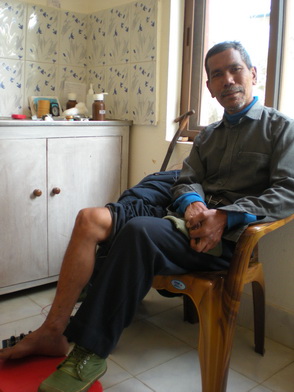
Mr. Noresh is a 42 year old police officer who suffered a sudden stroke nine years ago and is mostly paralysed on his right side and cannot speak clearly. I learned in school that recovery of motor function after such a long time is extremely unlikely but I agreed to try. After only 5 treatments I was shaking his hand. He could move each finger individualy and he could walk with a cane (he could not hold his cane before). When I began working with him he claimed that I could "cut off his leg" and he wouldn't be able to feel it. After treatment he had sharp/dull and soft touch sensitivity in all of his fingers and toes. The interpeters all reported that he was speaking much clearer than before. He's one happy guy. I'm one happy practitioner and I hope he will continue to improve.
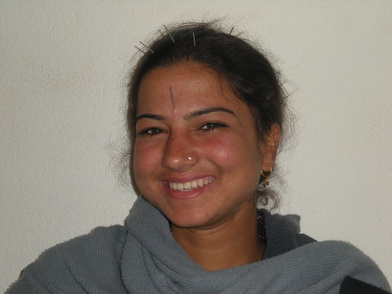
One of my favorite patients was this young girl who contracted typhoid fever at age 16. The fever damaged her cerebelum (part of the brain responsible for coordinating movement and balance) and now she has difficulty walking and falls often. I can't say that my treatments had even the slightest effect on her condition but I can say that her attitude and bright smile had a profound effect on me. On days that I would be struggling in the clinic wondering why some people wern't responding or worring that I might have missed something that would cause someone harm, she would come in and tell me a joke or sing a song. Attitude is so important in influencing outcomes and I am so grateful to this patient for that constant reminder.
In fact, I will end this entry on this note. I'm eternally grateful for what each and every patient brought to me on this journey. They shared their stories, they shared themselves and they trusted me. I hope I helped... I know they all helped me. -Andrew
Our Mission
Acupuncture Relief Project, Inc. is a volunteer-based, 501(c)3 non-profit organization (Tax ID: 26-3335265). Our mission is to provide free medical support to those affected by poverty, conflict or disaster while offering an educationally meaningful experience to influence the professional development and personal growth of compassionate medical practitioners.
